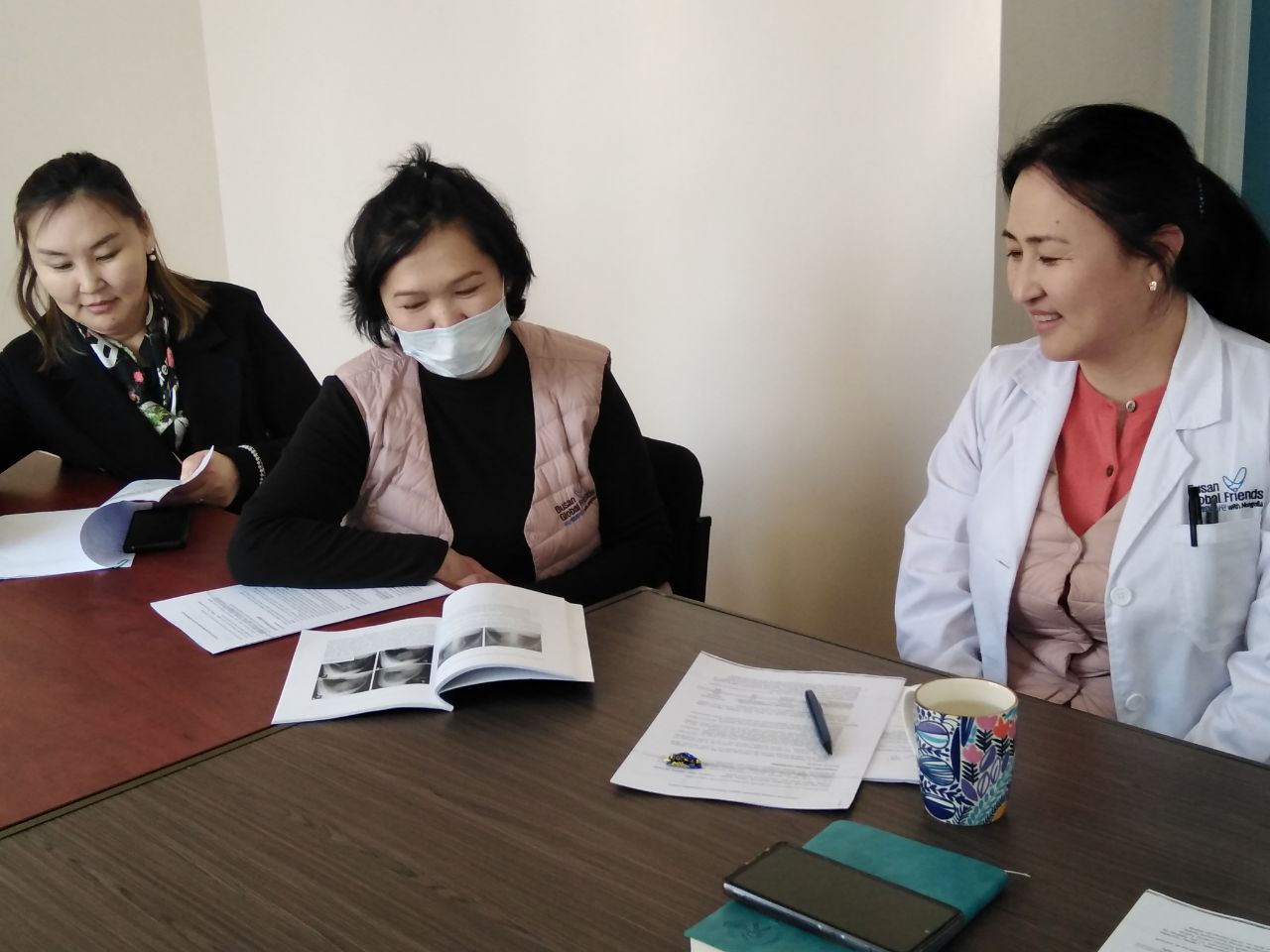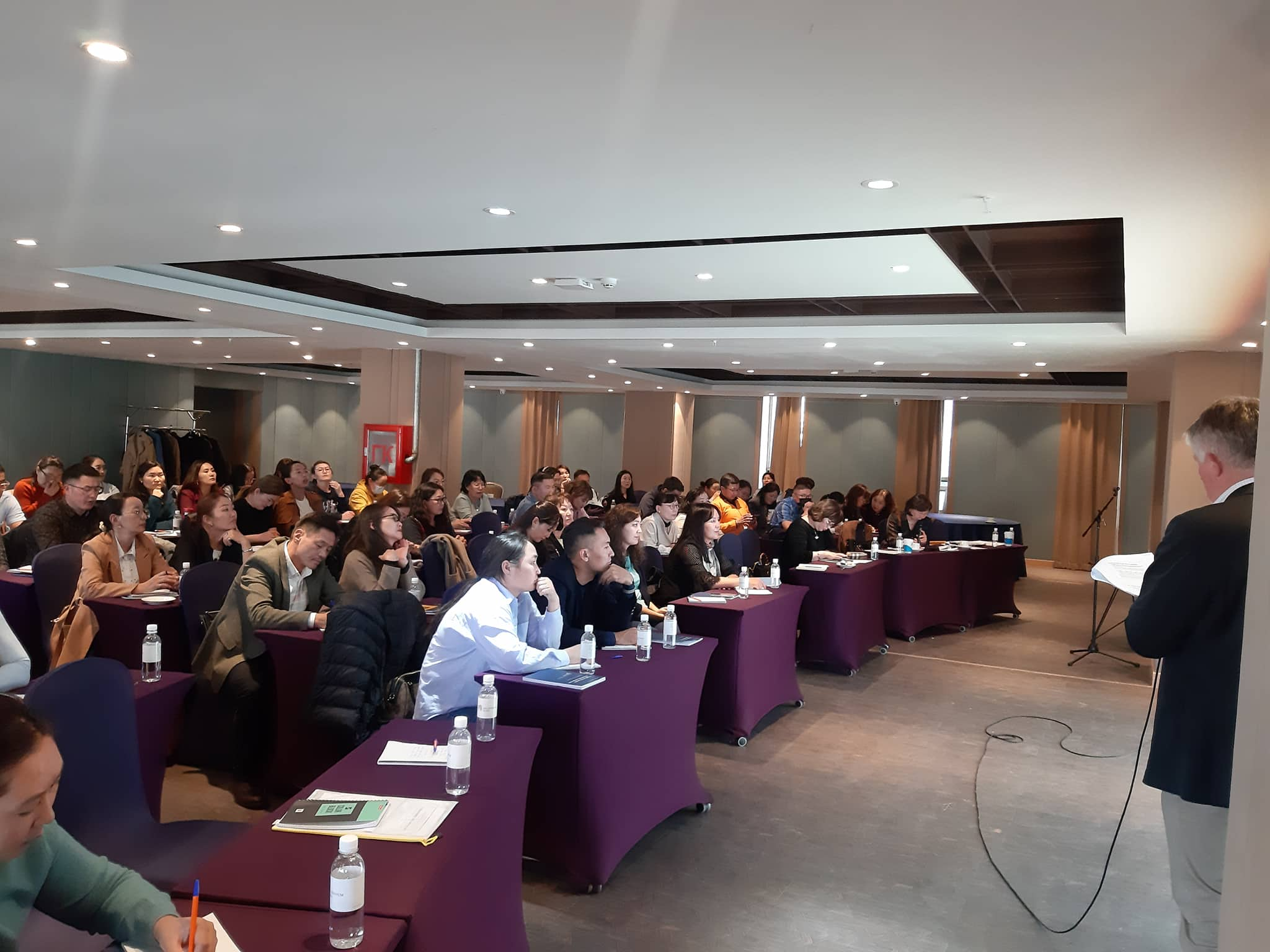To support healthcare workers in Mongolia to diagnose and care for children with tuberculosis (TB), The Union’s Diagnostic CXR Atlas for Tuberculosis in Children: A Guide to Chest X-ray Interpretation (the Atlas) has been translated into Mongolian.

The Atlas was developed to assist healthcare workers in high TB-burden settings to interpret chest x-rays (CXRs) from children investigated for TB.
Mongolia is one of the TB high-burden countries in the Western Pacific region, with the incidence of TB estimated to be 428 per 100,000 population. Childhood TB is high – 11% of new cases in 2022 – compared to the world (7%) and Western Pacific region (3%) averages.
In 2021, WHO included Mongolia among the 30 high-burden multi-drug resistant TB (MDR-TB) countries. In 2022, MDR-TB cases accounted for 83 per 100 000 population. However, the treatment success remains high in Mongolia – 90% for drug sensitive TB and 70% for MDR-TB in 2022.
Bazra Tsogt, Mongolian Anti-TB Coalition, explains why she led the translation of the Atlas: “There is a lack of resources available for the TB clinicians, particularly in diagnosing TB in children. Most of the available literature is outdated and mainly Russian or English language textbooks, which are not widely available. There are also only 2-3 trained TB paediatricians nationwide.”
The Atlas translation was undertaken by the Mongolian Anit-TB Coalition in collaboration with the Mongolian Radiology Association in 2021.
Bazra said: “The Atlas is so important for the Mongolian clinicians working in paediatric and TB fields. We found it includes the latest information and is easy to use.”
In September 2022, to make the Atlas widely available, nationwide joint TB clinicians and paediatricians training of trainers was organised by the Mongolian Anti-TB Coalition and national TB programme. Over 90 people attended the training, which was facilitated by Prof Steve Graham, child TB consultant with The Union.

The results of a TB clinician network survey found that 78% of clinicians said the Atlas was very useful for their everyday work. The majority of those who found it very useful responded that the Atlas actually helps them in the diagnosis of TB in children in their daily work. It is also helping to differentiate diagnosis, read chest X-rays, make clinical decisions and develop guidelines.
Bazra added: “Moreover, the clinicians found that the Atlas is not only simple to understand, but easy to read. Some clinicians said that the Atlas has become their main book that they use daily.”
